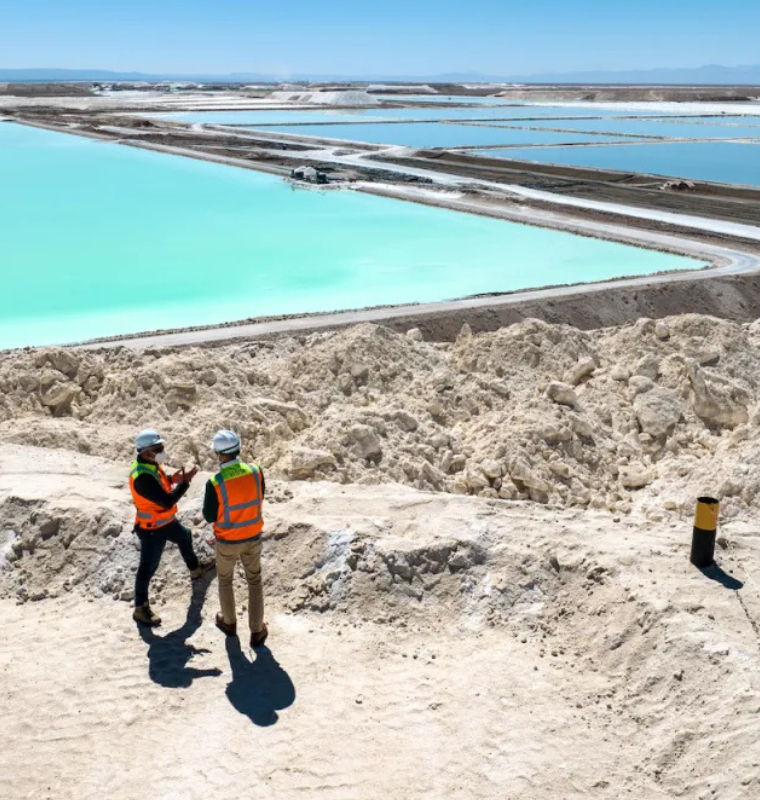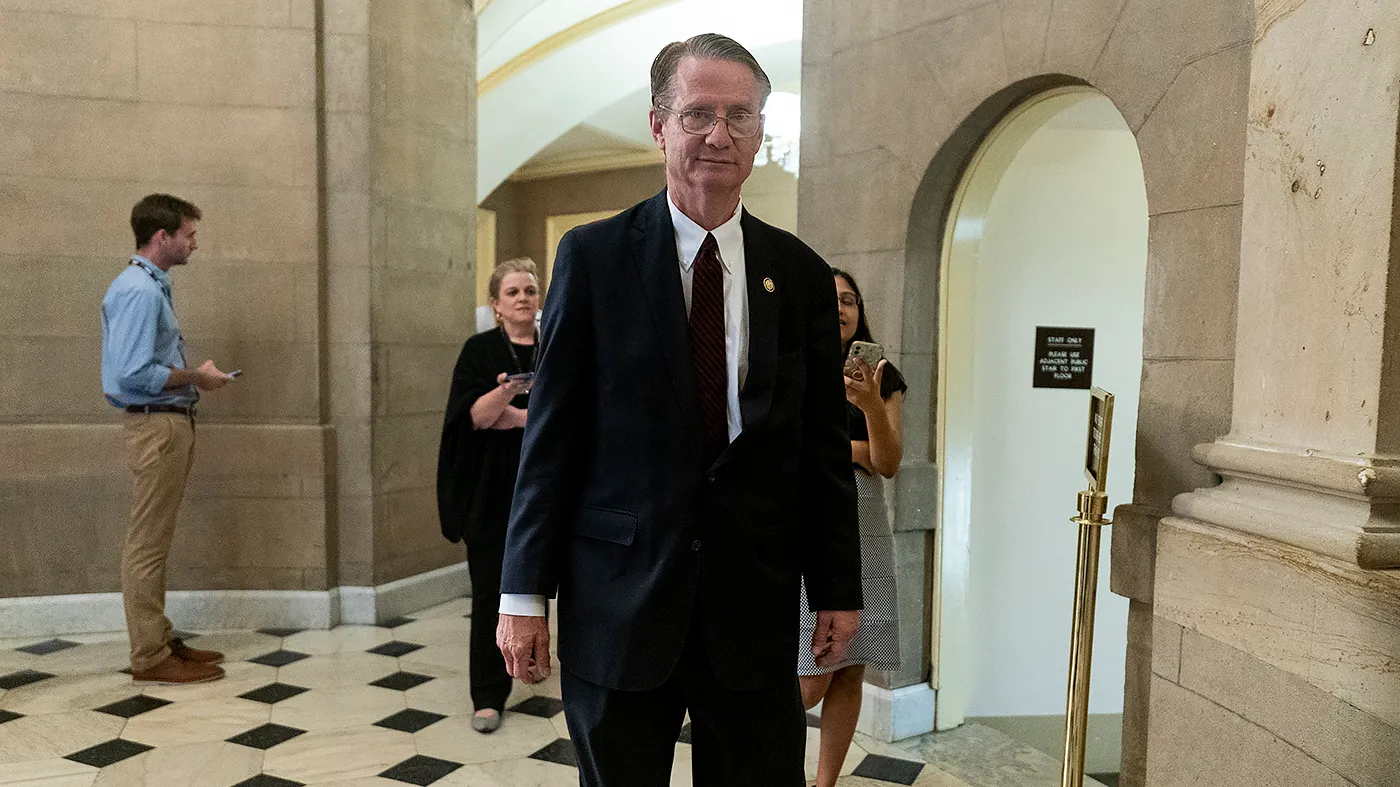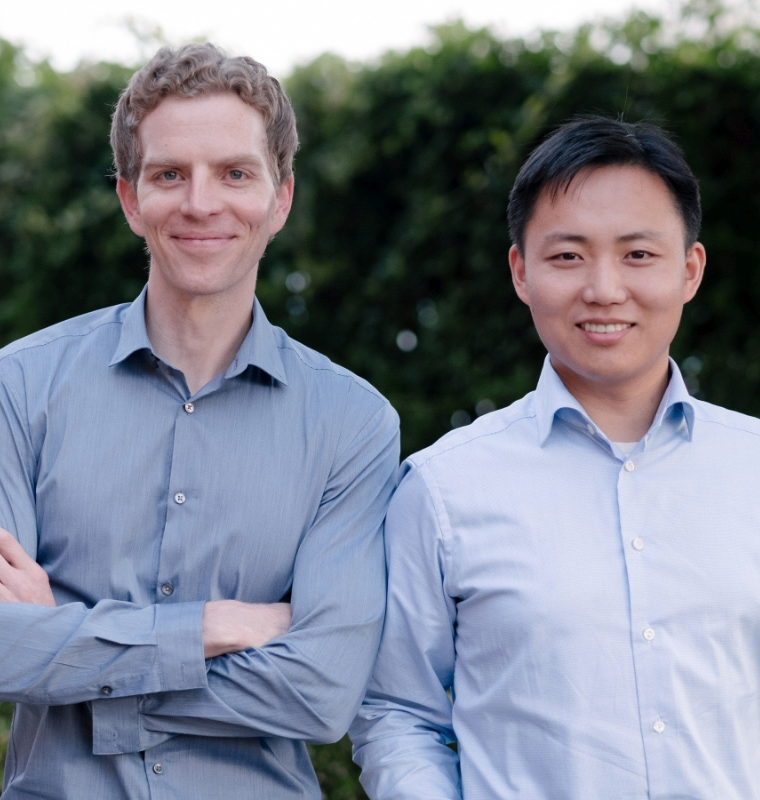Albanese Visits China as Trade Resets and Security Frictions Shape Future of Australia–China Relations
Albanese Visits China as Trade Resets and Security Frictions Shape Future of Australia–China Relations
By
David Goldfarb
Last updated:
July 14, 2025
First Published:
August 3, 2025

Photo: The Australian
Australia and China: Resetting Trade While Navigating Rising Security Tensions
Australian Prime Minister Anthony Albanese arrived in Shanghai on Saturday to begin a six-day diplomatic mission across three Chinese cities — a visit signaling both an economic thaw and a strategic test. While trade relations between Australia and China are recovering after years of friction, regional security concerns and Beijing’s assertiveness in the Indo-Pacific continue to shadow the partnership.
The visit — Albanese’s second to China — will include a high-stakes meeting with President Xi Jinping. It comes just as Australia increases its scrutiny of Chinese investments in critical minerals and as former U.S. President Donald Trump threatens to disrupt global trade flows with aggressive new tariffs.
Economic Ties: From Disruption to Restoration
Australia and China have long held strong economic interdependence, with China serving as Australia’s largest trading partner. However, relations frayed sharply in 2020 after Canberra pushed for an international investigation into the origins of COVID-19. Beijing responded with sweeping trade sanctions on Australian exports including wine, beef, barley, lobster, and coal — worth billions annually.
Key milestones in the trade relationship:
- 2014: Australia signs a landmark Free Trade Agreement with China after a decade of negotiations.
- 2020–2021: China blocks key Australian exports and imposes punitive tariffs, including 80.5% on barley and up to 218% on wine.
- 2023–2024: Relations begin to thaw. China rolls back most trade restrictions, including lifting bans on coal, lobster, and beef.
- March 2024: After tariffs on wine are scrapped, imports surge, highlighting pent-up demand.
- Dec. 2024: China resumes full imports of Australian lobster, effectively normalizing trade.
According to the Australian Bureau of Statistics, trade with China exceeded AUD 280 billion in 2023, up nearly 12% year-on-year after sanctions were lifted.
Security Flashpoints: A Relationship Under Strategic Strain
Despite the recent trade reconciliation, military tensions have worsened. Australia has deepened security cooperation with the United States and regional allies, while expressing concern over China’s behavior in the South China Sea and surrounding waters.
Notable incidents:
- Nov. 2023: Australian Navy divers are injured near Japan in an encounter involving a Chinese warship, sparking condemnation.
- Feb. 2024: Canberra criticizes Beijing’s failure to provide adequate notice for a live-fire exercise that disrupted civil aviation in the region.
- Dec. 2024: Australia signs a sports funding deal with Papua New Guinea that hinges on the Pacific neighbor rejecting Chinese security aid.
These events underscore the widening divide between the countries’ security agendas — even as economic dialogue resumes.
Diplomatic Engagement: Timeline of Key Events (2014–2025)
2014–2018:
- Signing of the China-Australia Free Trade Agreement (ChAFTA).
- Australia bans Huawei from 5G rollout over national security concerns.
2020–2021:
- Australia’s call for a COVID inquiry leads to a wave of Chinese trade sanctions.
- China issues a list of 14 grievances with Australia.
2022–2023:
- Diplomatic channels reopen after Albanese’s election.
- Albanese and Xi meet at the G20 summit in Indonesia.
- China gradually lifts restrictions on coal, barley, and wine.
2024–2025:
- Full trade normalization achieved with the lifting of beef and lobster bans.
- Tensions flare over military incidents in the Indo-Pacific.
- Albanese secures a second term in national elections in May 2025.
The Path Forward: Delicate Balance Between Trade and Security
Prime Minister Albanese’s current visit is not just about optics — it’s about defining the next phase of Australia–China relations. With both economies deeply linked and geopolitical alignments shifting rapidly, the stakes are high.
China’s interest in Australian critical minerals and clean energy inputs is growing, while Canberra remains wary of becoming overly reliant on a single trading partner. Simultaneously, security partnerships like AUKUS and participation in Quad initiatives reflect Australia’s intent to counterbalance Beijing’s regional influence.
As Albanese engages with top Chinese officials, the message is clear: Australia is open to mutually beneficial trade, but not at the expense of its sovereignty, security, or alliances.
The Australia–China relationship remains one of global significance — a complex blend of economic interdependence and strategic rivalry. Prime Minister Albanese’s visit may signal continued economic normalization, but both nations face a delicate balancing act as they navigate the dual pressures of partnership and protection.
Popular articles
Subscribe to unlock premium content
Bolivia How Lithium Mining Policies Are Positioning It as the Next Global EV Battery Hub

Naval Ravikant The Angel Investments That Quietly Made Him a Multimillionaire

Rising From the Rubble Lessons From Billionaires Who Failed 10 Times Before Success

Bolivia How Lithium Mining Policies Are Positioning It as the Next Global EV Battery Hub

Naval Ravikant The Angel Investments That Quietly Made Him a Multimillionaire

Bolivia How Lithium Mining Policies Are Positioning It as the Next Global EV Battery Hub









